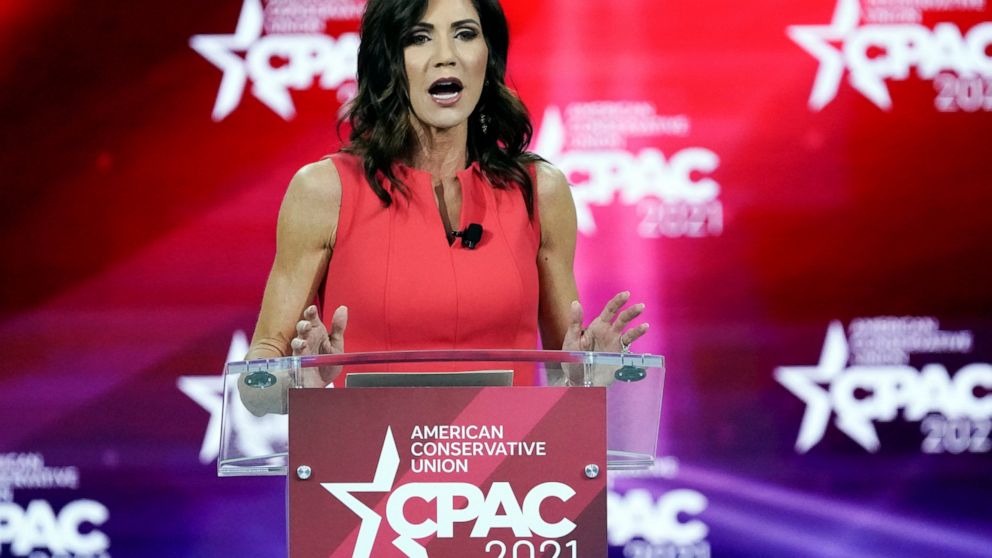Dr. Uché Blackstock made a difficult decision to send her kids back to school for two days per week through a hybrid learning model: part online, part in the classroom.
In New York City, where her two children attend school, a quarter of parents have decided not to do in-person learning in favor of remote only, with the majority deciding on a hybrid model. One of the main factors in deciding to try hybrid learning was the city’s low community transmission rate of less than 1%, says Blackstock, an emergency clinical doctor and CEO of Advancing Health Equity.
With her children entering pre-K and first grade, she factored in evidence that shows children seldom become severely ill with COVID-19. Her kids are comfortable wearing masks indoors and outdoors.
Blackstock also considered the benefits of sending her children to school.
“We know that being in school is incredibly important for socio-emotional support, for learning and the other services that are offered in school,” she says. “And so I weighed those risks and benefits, and that's something that I do in my work as a physician every day with regards to health.”
Not all parents feel the same. CNN's Dr. Sanjay Gupta recently wrote an op-ed about the reasons he decided not to send his children back to school.
Blackstock has her own concerns, too. She wants to hear from the city about ventilation, since public schools in New York City are old and many rooms have windows that don’t open.
“If it were five days a week, I would probably reconsider,” she says. “But two days, it seems like a very measured way to start the school year.”
With the start of the school year still weeks away in the city, her kids don’t know that they’re going back to school part-time just yet. When the first day of school comes closer, she plans to remind them of the importance of mask-wearing, keeping distance from their classmates and washing their hands.
If cases increase to 3% to 5% or the ventilation issue goes unaddressed by schools, Blackstock says she would consider full-time remote learning.
Last week, a student shared a photo of a packed hallway at a school in Georgia that later moved to virtual learning after reporting nine cases of COVID-19.
Cities and towns need to look at their community transmission rates, she says. New York City is in a unique position, she says, but the numbers of students and teachers becoming infected in places with high transmission rates reflect the need for this concern.
“Reopening schools in an environment where there's a high community transmission rate is not a good idea,” she says. “That's what we saw sort of in general across the country with early reopening.”
A new report released Friday by the Centers for Disease Prevention and Control found Black and Hispanic children were much more likely to be hospitalized for COVID-19. These numbers aren’t surprising considering that COVID-19 has disproportionately infected, hospitalized and killed Black and Brown adults, Blackstock says.
Children are likely exposed to the virus at home because the adults in the household are put at higher risk of infection due to structural issues, she says.
When Blackstock tweeted about sending her kids back to school, it sparked unexpected controversy. Some users replied saying she was risking teachers’ lives for the sake of her children.
All perspectives on this divisive topic are important and teachers should feel safe at work, she says. While she’s concerned about uncomfortable teachers being forced to teach in-person, she also thinks parents need to consider educational equity.
“The longer that our children — Black and Brown children — are out of school, those gaps increase,” she says. “And so while this is definitely a discussion about health, it's also a discussion about what our children need as well.”
Though she learned from the tweet and admits the challenging nature of this conversation, Blackstock is standing by her decision.
On Twitter, she’s also noted that many of the parents deciding to keep their kids at home have the advantage of working remotely. Her kids go to school in a gentrifying area and many parents opting for remote learning are white, she says.
The ability to keep kids at home is a luxury, she says, and it’s important to discuss that Black and Brown people are overrepresented as essential workers who can’t work remotely.
In contrast to Blackstock's anecdotal experience in NYC, a Boston Public Schools survey of more than 17,000 families found 34% of Black families and 38% of Latinx families said they would prefer to do fully online learning, compared to 16% for white families.
The decision to keep the kids home or send them back to school is a difficult, different conversation depending on every family’s needs, she says.
“I would say that it's all about weighing the risks and benefits — and there will never be a zero risk,” she says. “And so you have to figure out what level of risk is acceptable to you and your family.”
Cristina Kim and Ciku Theuri produced this story and edited it for broadcast with Peter O'Dowd. Allison Hagan adapted it for the web.
The Link LonkAugust 12, 2020 at 10:44PM
https://www.wbur.org/hereandnow/2020/08/12/doctor-kids-school-pandemic
Doctor Weighs Whether To Send Kids Back To School During Pandemic - Here And Now
https://news.google.com/search?q=Send&hl=en-US&gl=US&ceid=US:en

No comments:
Post a Comment